Article
For those of you who attend the BCUK Bushmoot you may have come across the Father and Son bow. I published this step by step guide on my own personal blog so I thought it would be good to put the steps up on BCUK as well. As I have recorded all of the steps I have decided to post this in two instalments.
This is a very quickly made bow – It should take anyone competent with a knife and saw about 1 hour to make. The bow is made up of two poles – The larger is the Father and the smaller is the Son. I still have the first Father & Son bow I made about 5 years ago and it still shoots well. I use these bows typically on ranges of less than 20 metres but on a high arc they will shoot an arrow between 60 and 70 metres. Not bad for something made in an hour but only about 20 to 30lbs in draw.

I was introduced to this sort of bow from Mark of Kepis Bushcraft when he posted a You Tube video where he made one for his son (I have put a link to the video at the bottom of the article). I realised instantly that this would be an excellent tool to use with my Sea Cadets. Funding is always tight so the thought that I could make bows quickly and that they could shoot well got me going.
I was originally told that there was no historical record for this type of bow apart from being created by some locals in the States during the 1930’s to fool some Anthropologists but since have come across these types of bows being called the Penobscot or Wabanaki bow (I have included a link at the end of the article to the Primitive Archer website to give more detail on the history). So far from my reading this type of bow dates back at least 1500 years and comes in a number of different types.
My cadets like to refer to the bow as the X Wing Fighter Bow. I can kind of see why.

This step by step is to guide you through how I make one of these bows. I have tried to make the steps as clear as possible but please leave a comment if you are unsure about any stage.
I do not make them in a primitive way as my aim is to have a useful tool in limited time that my cadets or my own children can use quickly. After researching this bow more though I will be interested in making one in a primitive way.
The Limbs
I typically use coppiced shoots of Hazel but I will use young Ash if it is available. I have tried Sycamore before but I found that this wood tended to snap easily.

I cut poles about thumb thickness in diameter (but use what you can find). I always make my cut at the base of the coppice so to stimulate regrowth.

I like the Father pole to be as straight as possible but the Son can either be straight or curved. When making one for myself I cut the Father to the height of my chin. With younger children I normally make the bow just bigger than them. I have found if you make the bow too short they can snap quickly. For the Son I normally cut another pole about two thirds of the length of the Father.

I work the Father first. I let the pole roll in my hand to determine the Belly and the Back of the Bow. To keep things simple the side of the pole facing the ground will be the Belly, the side facing the sky will be the Back. If you want to play about with recurve shapes feel free to switch things around.

I then mark the Belly side with my knife.

I use string to measure the length of the pole.

Fold the string in half.

Lay the doubled up string back on (the Belly) the pole).

Make another cut on the Belly side to mark the centre of the bow.

Holding the pole in the middle with the Belly facing me I then make a mark on either side my fist to show where the handle area will be.

The marks I have made also help me to see clearly which part of the pole is the Belly at this stage. I want that as I am leaving the bark on this bow and I have found I can lose sight of pen or pencil marks on bark. If you take the bark off then pencil or pen marks will work well.

Getting that Curve
The next stage is to see if you can make both ends of the pole curve evenly. I usually find that the thicker end of your pole needs to be shaved down. I work from the end of the pole backwards to the handle area shaving off small pieces at a time.

I will take off more wood from the tip of the pole than I will from the handle area. You want to have a tapered shape on each limb.

Keep testing the pole until you get a consistent curve on both limbs.

I do not like to go past the Pith of the wood as this will cause the limb to form a hinge and snap. If you are getting near the Pith then take some wood of the side of the limb.

Trim back the wood on both sides if needs be. If you can get a good curve then stop but it does not need to be perfect (you are not making a Longbow).

Cut the Son pole to about two thirds the size of the Father. I have seen though where the Son is very curved that it can be half the size of the Father.

I find the Belly of the Son as I did with the Father and mark it. Any trimming of the limbs this time is done on the Back of the bow and not the Belly. This is because the Back of the Son will be attached to the Back of the Father.

Find the centre of the Son with string.

Then mark it.

Trim the limbs (on the back) and test for a good curve.

I will end here for now but here are a few links to some more information on this type of bow.
[URL=”http://www.bushcraftuk.com/forum/content.php?r=590-Build-your-own-Father-and-Son-Bow-Part-2-Attaching-the-limbs-to-shooting-an-arrow”]Part 2[/URL] will cover attaching the limbs together, carving the nocks and stringing it up.
Cheers
George
Links
Kepis Bushcraft video on a quick Father& Son bow
http://www.youtube.com/watch?v=AQIaZCuMzCM
Barry Minditch video on a primitive Father & Son bow
http://www.youtube.com/watch?v=NgIlr5xgC4E
Some history on the Father & Son bow

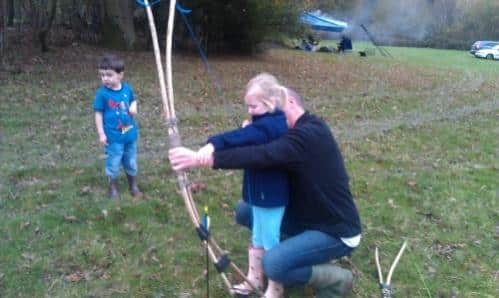
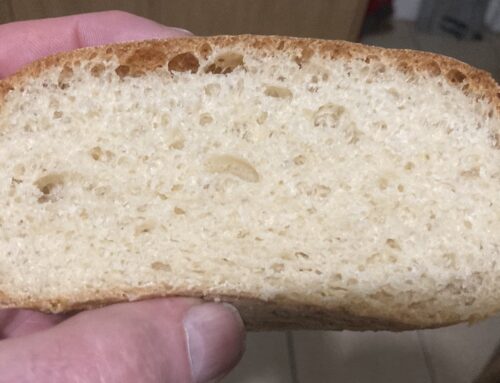
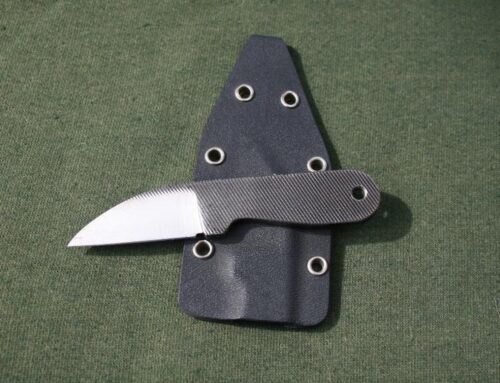
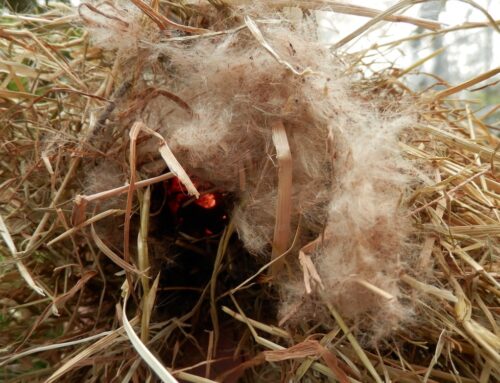
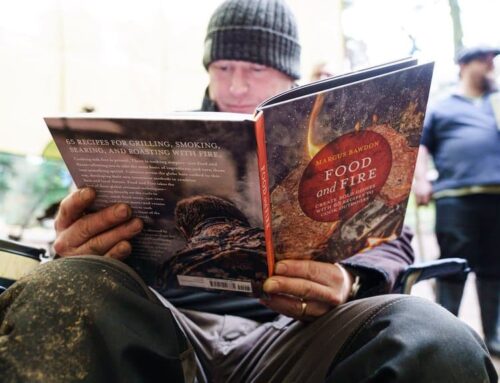
Leave A Comment
You must be logged in to post a comment.